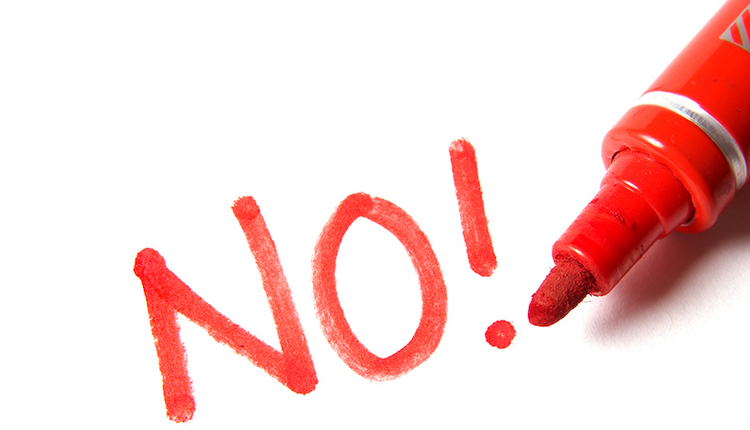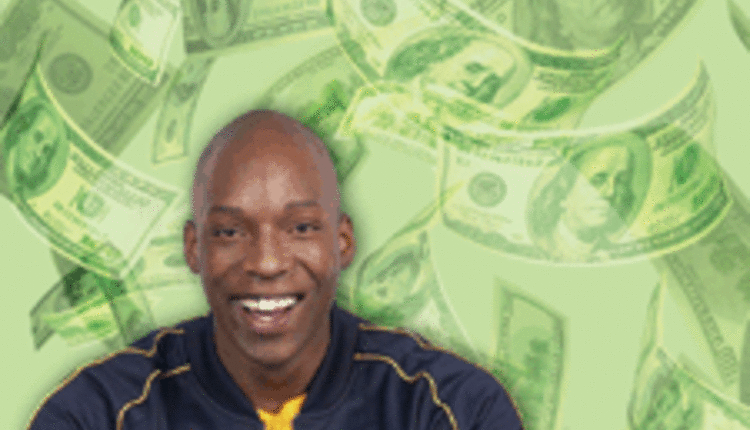
As an entrepreneurial fitness professional, how many times during a day, week, month, or year, do you make decisions for your business? Or better yet, how may seconds, minutes, hours, days, and weeks do you spend pondering opportunities attempting to make an optimal business decision?
Chances are, you are bombarded with opportunities such as creating partnerships with other fitness professionals, joining networking groups, conducting lunch and learns, diversifying your revenue through brand ambassadorships, affiliateships, distributorships, and becoming a vendor for fitness related products. How about decisions related to building your team, maintaining and growing your facility, and other strategic planning choices?
As a person living in a fast-paced culture, driven by technology, data, and information, how many times do you find yourself pressed to speedy decisions? These can be simple decisions such as choosing clothing attire for the day, what to eat, or even which route is the fastest during your daily travels. They can also be bigger life decisions such as purchasing a home or starting a family. Having to make so many choices is referred to as “decision fatigue” in psychology. (Leland, 2012)
Decision fatigue is defined as is the wearing down of the brain’s mental capacity and stamina due to the over availability of options and the efforts it takes to make choices. These choices can be daily decisions or high-level ones.
A technique to combat decision fatigue is by creating criteria that serves as a proverbial conveyer belt to run decisions through. This will allow you to streamline your decision-making process creating simplicity and clarity in your business.
Simplicity is defined as the quality or condition of being easy to understand or do and clarity is defined as the quality of being coherent and intelligible, unclouded.
As fitness professionals and business owners, these can be valuable characteristics to cultivate, saving you time, energy and brain power both on a short and long-term basis.
In order to effectively combat decision fatigue, try the following criteria:
- 1) Does this opportunity improve the quality of my life?
- 2) Does it move me closer to my fitness professional business goals?
- 3a) Is this opportunity an investment in my future success in my business?
- 3b) If so, what is the return on investment for this opportunity?
- 3c) How long will it take for me to potentially see the return on investment?
- 3d) Do I have enough cash flow to make this investment and to withstand the time it takes to see the return on investment from it?
- 4a) Do I have resources such as time, energy, and human capital to adequately follow through on this opportunity?
- 4b) If I do not have the adequate resources to follow through on this opportunity what am I missing, and can I procure it so that I can adequately service this opportunity?
Take time to honestly answer these questions.
You can physically write the answers out, type them in a word processor, or even use an app on-the-go. It doesn’t matter the platform, it matters to just do it! It may be time consuming up-front since you’ll be creating a new pattern of thinking or habit. Think of this is short-term pain for long-term gain. If you start to run opportunities through this criteria regularly, eventually it will become second nature. Then you can enjoy the results of preventing brain drain as a result of decision fatigue!













